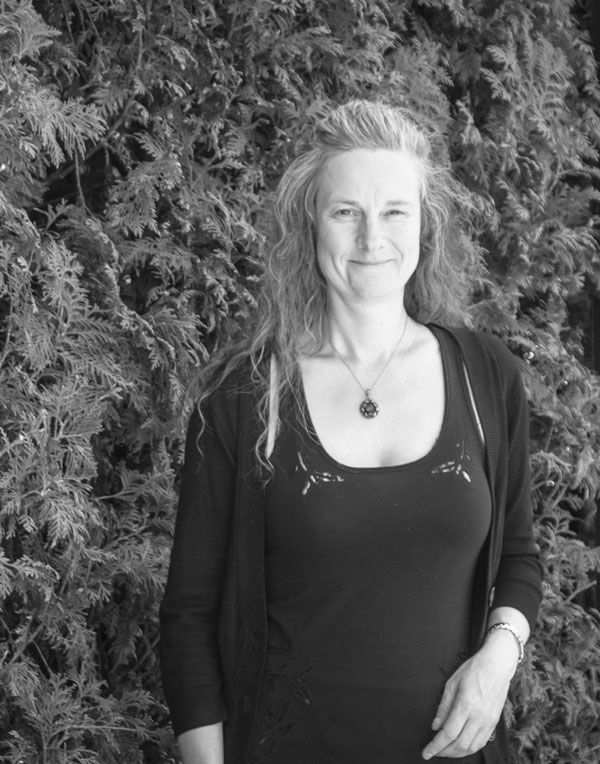High-performance building and zero-energy certification standards are widening the conversation beyond simple energy consumption and greenhouse gas emissions reductions to put a greater emphasis on human comfort, health, and resilience.
Severe weather events like Hurricane Sandy reminded us that assuring safety and survival are the main priorities in the face of a disastrous event, yet if our communities are to be truly resilient, they must also be able to coast through power outages in addition to being socially and economically resilient. Building better buildings is an important component of developing more resilient communities.
This conviction was a driving factor behind the development of the PHIUS+2015 Passive Building Standard released by Passive House Institute US (PHIUS) this past year. This standard is the first of its kind that is based upon climate-specific comfort and performance criteria. It pins down the sweet spot between investment and payback to present an affordable solution to achieving the most comfortable and cost-effective building possible for a given location. Buildings designed and built to this standard perform 60-85% better (depending on climate zone) on an energy consumption basis when compared with traditional construction.
Yet the benefits of passive buildings go way beyond mere energy savings, because energy efficiency at this scale means that with the addition of a small renewable energy system, occupants can not only zero out their home’s greenhouse gas emissions and reduce their carbon footprint under normal operation, but they can also survive off the grid in the event of natural disaster or other crisis. If all buildings were built to passive building standards, then a small micro-grid would suffice to power an entire community and make it less vulnerable to power outages. Resiliency is the ability to go beyond energy security to achieve comfort, quality of life, and affordable livability, and passive buildings are making this a reality.
The release of the cost-optimized PHIUS+2015 Standard is spurring new growth in passive buildings from coast to coast. Certified and pre-certified PHIUS projects have now surpassed the 1-million-square-foot milestone, consisting of 1,200 total units nationwide, with some of the most notable gains coming from the affordable multifamily housing sector. More units coming online means more families are enjoying the benefits of passive buildings, and that we are that many more steps closer to a more resilient future.
The affordable housing sector is taking notice of the demand for these projects. The Enterprise Foundation now actively incentivizes PHIUS+2015 certification under their 2015 Green Communities Criteria, used by affordable housing agencies in 22 states across the country, with various other housing finance agencies and major cities like New York City, San Francisco, and Seattle directly encouraging developers to take the extra step of PHIUS+2015 certification.
Following the recent completion of phase two of the Orchards at Orenco affordable multifamily housing development in suburban Portland, Oregon, built to meet the PHIUS+2015 Standard, prospective tenants lined up around the block before dawn for the chance to call home to one of the largest passive building projects in North America.
It is imperative that we bring the conversation of resiliency, especially in affordable housing, to scale. With so much activity going on in the affordable housing sector right now, this is a great opportunity to address many of the challenges that lie ahead in the coming years beyond the implications of climate change. Shoring up the resiliency of our buildings and communities will be an integral step to building a future that provides for the safety, health, and viability of all; and that is something we here at PHIUS believe everybody can get behind.
Katrin Klingenberg is the Executive Director of Passive House Institute US (PHIUS), which she co-founded in 2003. A German-born and trained architect, she drove the development of the new climate-specific, cost-optimized PHIUS+2015 Passive Building Standard and now directs the technical and research programs of PHIUS.
Connect with Katrin Klingenberg: LinkedIn
Download a PDF of this story here.

